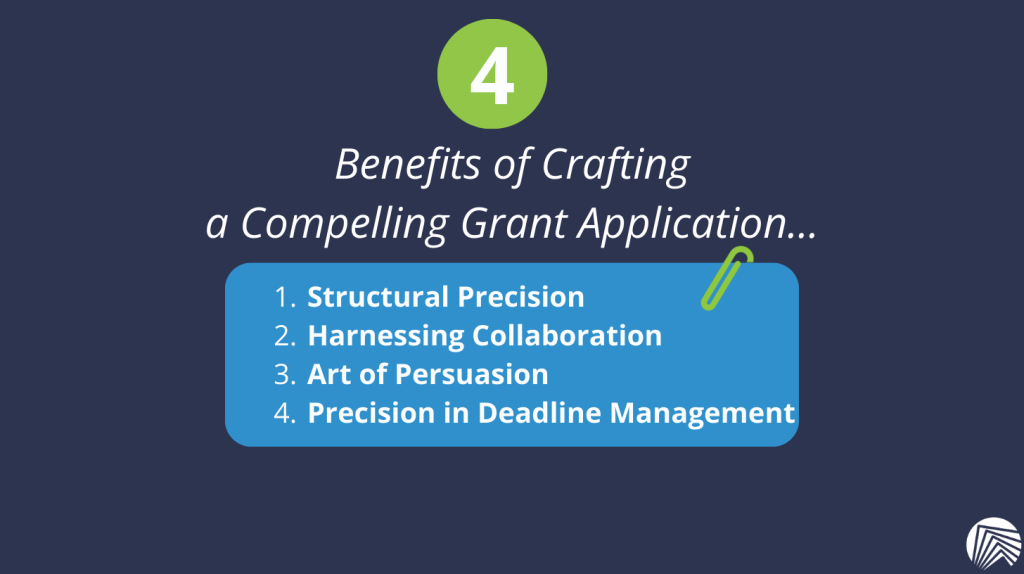In the world of science, securing funding and disseminating research findings are pivotal milestones. Understanding the differences between the 2 in terms of their language and writing styles is crucial and will empower authors to present their work with clarity and impact. Here, we describe the subtle nuances inherent in editing these critical documents, enabling you to present your work with clarity, resonance, and enduring impact.
Also Read
- Inclusive Language in Science Manuscripts
- Writing a Concise Science Manuscript in 4 Steps
- Manuscript Peer Review
- Science Manuscript Editing

Important Differences Between Editing Research Manuscripts and Science Grant Applications
When it comes to editing a research manuscript, the focus lies on refining a scholarly pursuit aimed at publication in a peer-reviewed journal. The manuscript typically centers around a thesis, presenting the culmination of meticulous research conducted over time. The Methods and Results sections are articulated in the past tense, providing a concise and clear account of the study’s methodology and findings. The language employed is tailored for experts in the field, ensuring precision and clarity in communication. With the research already performed, the manuscript offers a clear interpretation of the data, while also laying out future directions for further exploration and inquiry.
In contrast, editing a grant application entails navigating a different set of parameters. Constrained by the directives of donors and specific aims, the writing must be persuasive, capturing the essence of the proposed research in both present and future tense. Unlike the objective tone of a manuscript, a grant application needs to “sell” the research idea and convey passion and intent for the proposed work. The language used must strike a balance, being understandable by both experts and non-experts in the field, thereby ensuring broader appeal and comprehension. The collaborative nature of grant applications often involves contributors from various departments, requiring the harmonization of diverse perspectives into a coherent narrative. Moreover, grant applications must not only be innovative but also weave a compelling story that captures the imagination of funders, emphasizing the potential impact and significance of the proposed research.

Crafting a Compelling Grant Application: A Symphony of Structure and Collaboration
A successful grant application is akin to weaving a captivating narrative under the constraints of time. Picture yourself engaging potential investors with an innovative research proposal, each section unfolding against the backdrop of stringent deadlines. Here’s where editing emerges as a formidable ally:
- Structural Precision: Grant applications adhere to a predefined structure, often mandated by the funding agencies. Editors adeptly align your content with these guidelines, strategically positioning pivotal information to captivate reviewers. This structure diverges significantly from that of a manuscript, where the introduction sets the stage and results take precedence.
- Harnessing Collaboration: Unlike the solitary nature of manuscript writing, grant applications thrive on collaborative efforts. Engaging colleagues from diverse disciplines, including collaborators and experts in statistics or budgeting, enriches the narrative. Editing serves to orchestrate and harmonize disparate voices into a cohesive storyline.
- Art of Persuasion: Transitioning from manuscript to grant writing requires a shift in focus. While manuscripts delve into detailed results, grant applications demand a narrative that sells—the innovative research idea. Seasoned editors proficient in scientific writing and grant proposal development help bridge this gap, building on findings reported in manuscripts and producing compelling and novel funding proposals that underscore the research’s potential impact and significance.
- Precision in Deadline Management: Grant applications operate under strict deadlines for each section, necessitating meticulous time management. Close collaboration between editors and authors ensures that each component is polished and submission-ready well before the clock runs out. This time-sensitive environment calls for an editing approach that emphasizes clarity and brevity within stringent word limits. Grant application sections may need to be edited in stages as they are completed to ensure that deadlines are met.

Crafting a Manuscript for Publication: Clarity, Structure, and Audience-Centric Communication
A scientific manuscript serves as a meticulous documentation of completed research—a detailed report tailored for a specific audience: journal reviewers. Here, editing assumes a different yet equally crucial role:
- Conciseness as Key: Unlike the comprehensive nature of grant applications, well-edited manuscripts prioritize clarity and brevity. Editors meticulously streamline content, maintaining focus without compromising essential details. This emphasis on conciseness diverges from grant applications, where comprehensive presentation of research plans takes precedence.
- Tailoring to Journal Preferences: Scientific publishing encompasses a diverse landscape, with each journal often requesting different formatting preferences and language styles. Editors can ensure manuscripts conform to these specific guidelines, enhancing acceptance prospects. Grant applications sometimes offer more formatting flexibility, provided they align with funding agency directives.

Understanding the Manuscript vs. Grant Application Dynamic
Scientific manuscripts and grant applications serve distinct purposes, each demanding tailored editing approaches. A manuscript chronicles completed research, addressing a specialized audience of experts with clarity and precision. In contrast, a grant application is a persuasive appeal for funding, directed toward a broader audience and emphasizing the potential impact of proposed research.
Recognizing these disparities enables editors to refine research manuscripts for clarity, conciseness, and adherence to journal guidelines while transforming grant applications into compelling narratives that showcase innovation and significance.




